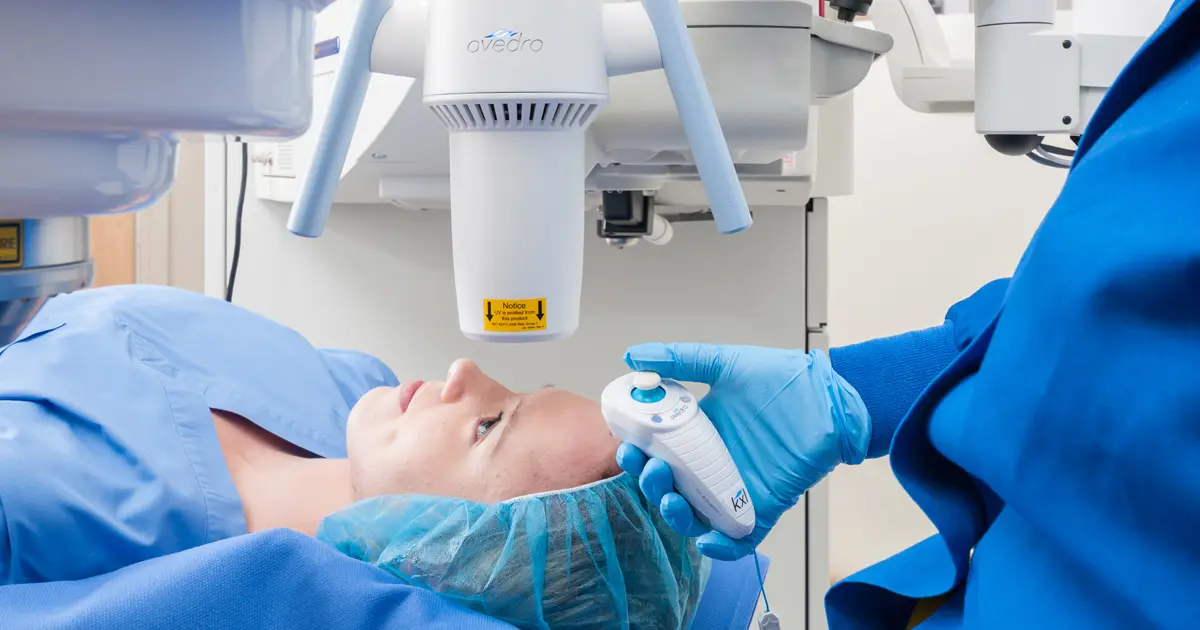Tag: about-ilink
-

Cross-Linking FAQ: How Successful is iLink® FDA-Approved Cross-Linking?
We know being diagnosed with a progressive condition can be daunting, and you likely have a lot of questions. To help, we’re discussing the efficacy of FDA-approved cross-linking and sharing how some people in the Living with KC community are doing after receiving this procedure which preserves sight for many of the recipients.About iLinkRead more -

Epi-Off, Epi-On, C3R – What Does It All Mean?
If you or a family member has been diagnosed with keratoconus, then you’ve probably read about corneal cross-linking as a potential treatment option.About iLinkRead more -

KC Patient and Doctor Perspectives: The Importance of Early Diagnosis and Corneal Cross-Linking
For keratoconus patient Kiana, attaining an early diagnosis and corneal cross-linking proved crucial to managing her condition long-term.About iLinkRead more